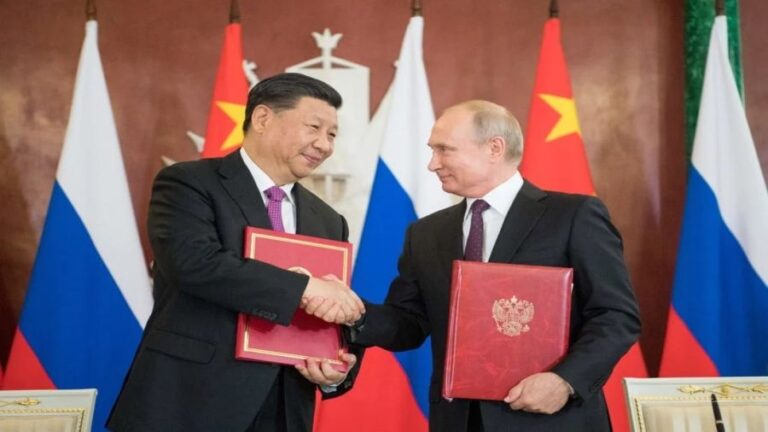The US’ 2020 Budget Takes the Hybrid War on Russia to New Dimensions
The US’ 2020 budget allocates over half a billion dollars to counter “Russian malign influence”.
The document specifically decrees the following:
“The Budget provides over $500 million for assistance to Europe, Eurasia, and Central Asia to: advance shared security; safeguard the territorial integrity of U.S. allies; support partner countries’ efforts to transition away from Russian military equipment, particularly through Foreign Military Finance lending; and address weaknesses in the macro-economic environment that the Government of Russia seeks to exploit, such as dependence on energy and trade.”
Although brief, it’s possible to extrapolate what this could look like in practice.
The first part about “advancing shared security” likely refers to the non-military dimensions of security since the entire paragraph is included under the “Department Of State And Other International Programs” section and not the Department of Defense’s, implying that this vague all-encompassing euphemism might entail everything from cybersecurity to information security, the latter of which might lead to extra funding for NGOs and other perception management platforms like some supposedly Alternative Media ones too.
As for “safeguarding the territorial integrity of US. allies”, it’s similarly unclear what this refers to since it’s not under what one would have presumed to be its logical Department of Defense category, though its relevancy to Russia by dint of its inclusion under the “Countering Russian Malign Influence” subsection implies that these nebulous efforts would be concentrated in the NATO countries of Poland and the Baltic States that border their target.
Moving along, the next aspect of this plan deals with funding Foreign Military Finance lending programs, which could contribute to countering Russia’s “military diplomacy” through arm sales to strategic countries such as Vietnam and especially India, the latter of which is a weapons market of heated competition between Russia, the US, and Israel and could ultimately result in geopolitical consequences if New Delhi reduces its share of purchases from Moscow as part of its larger “rebalancing” policy.
Lastly, the reference to “addressing weaknesses in the macro-economic environment that the Government of Russia seeks to exploit, such as dependence on energy and trade” seems to suggest additional lobbying efforts in support of the US’ LNG exports to Europe and potential assistance to the EU’s “Eastern Partnership” in order to dissuade other countries from joining the Russian-led Eurasian Union, both of which could have long-term implications for Russia’s budgetary security if they’re successful.
Altogether, the four dimensions in which the US’ 2020 budget publicly declares its intent to “Counter Russian Malign Influence” are the information, military, energy, and trade ones, which collectively contribute to the US’ ongoing HybridWar on Russia that intends to inflict varying degrees of damage on its target’s international and internal interests in order to make it easier for Washington to enforce its geostrategic will on Moscow, though only in the event that this scenario succeeds.
By Andrew Korybko
Source: Oriental Review







